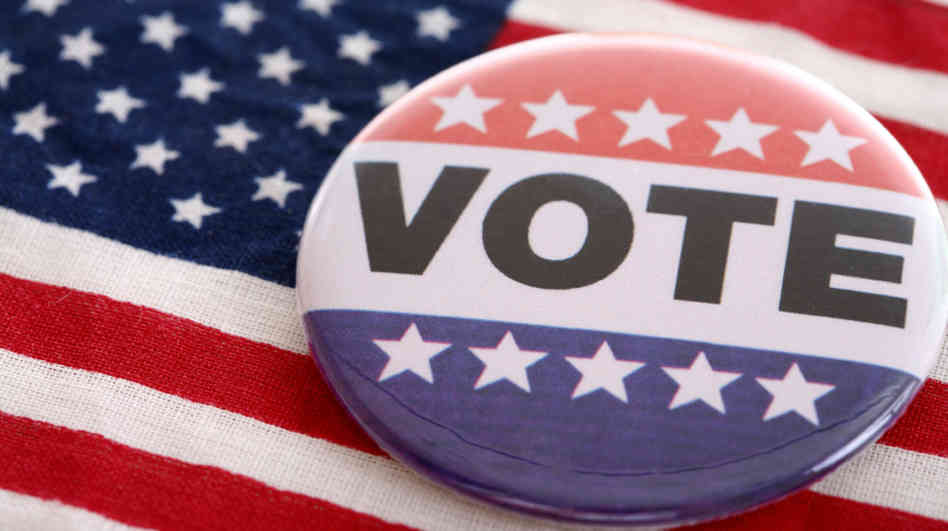Making Sense of the Campaign Lessons

Drawing upon the 2016 presidential campaign for examples, this series of teacher's guides provides everything instructors will need to tailor foundational News Literacy lessons to their students and classroom. You'll find a detailed briefing identifying and applying specific News Literacy concepts, clear objectives and takeaways, multimedia, discussion questions and assignments that can be used in the classroom or as homework. We're also providing a PowerPoint presentation for classroom use that you can use or modify. We're also providing a PowerPoint presentation for classroom use that you can use or modify. As the campaign unfolds, we will supplement this guide with timely examples.
| Date Posted | Title | Course Section(s) | Key Concept(s) | Teaser Text |
|---|---|---|---|---|
| August, 2016 | Making sense of the campaign: Fairness and bias | Balance, Bias, Cognitive Dissonance, Fairness | ||
| May, 2016 | Making sense of the campaign: Information neighborhoods | 03 - Know Your Neighborhood | Accountability, Digital Information Revolution Issues & Problems for Consumers, Information Neighborhoods, Reliable, V. I. A., Verification | |
| April, 2016 | Making sense of the campaign: News vs. opinion | 05 - News vs. Opinion, 09 - Deconstructing News Media | Source Evaluation, Truth | This lesson uses statements by journalists and pundits commenting on the 2016 election to help students understand the difference between news and opinion and how to determine which is which. |
| March, 2016 | Making sense of the campaign: Why Donald Trump is big news | 04 - What is News and Who Decides? | Power of Images, Universal News Drivers | Provide an understanding of how the concepts combine to decide which stories get covered and which rise to the top of the news. |
| February, 2016 | Making sense of the campaign: The truth about polling | 07 - Truth and Verification | Context, Provisional Truth, Transparency | Determine if a political poll presents reliable or suspect information and why. Gain a solid understanding of provisional truth, the role of context and transparency in the journey from fact to truth and the key questions news consumers should ask themselves every time they read or watch news reports based on polling data |
| February, 2016 | Making sense of the campaign: How do you know if candidates are telling the truth? | 07 - Truth and Verification | Truth, Verification | Using statements by the presidential candidates to help students understand the difference between information that is verified and information that is asserted and introduce the tools needed to determine which is which. |
